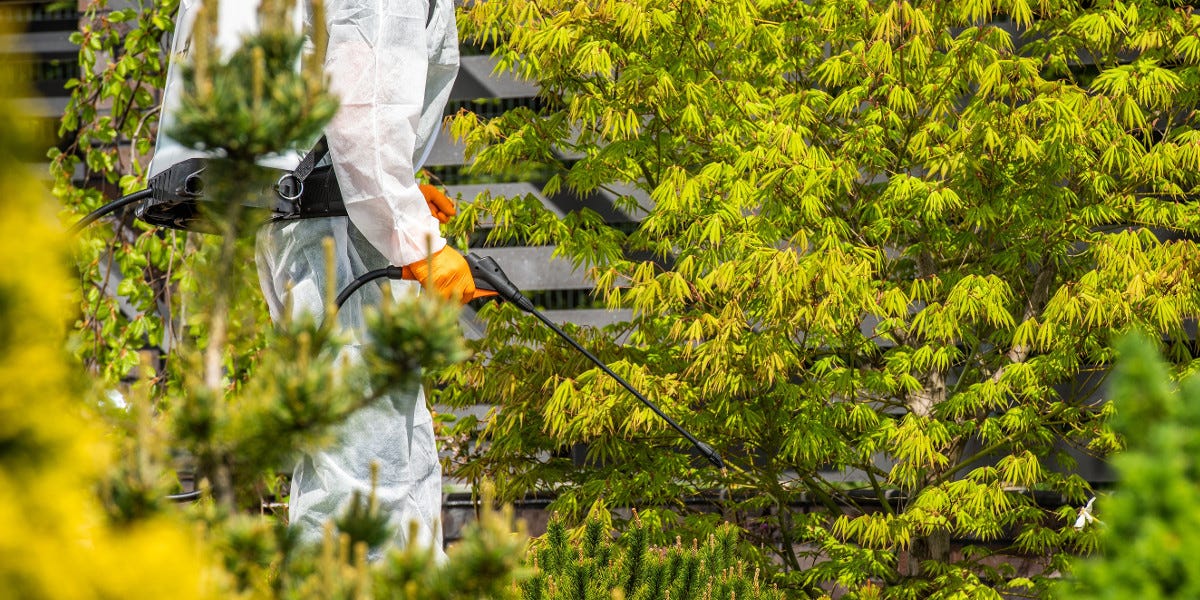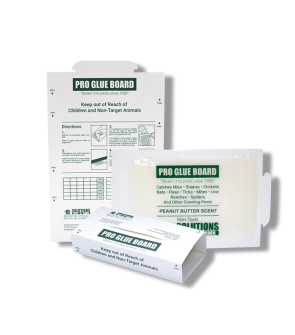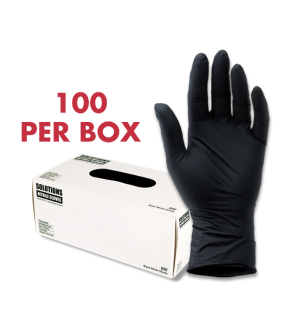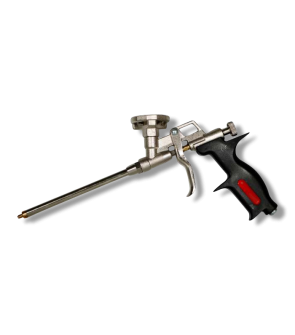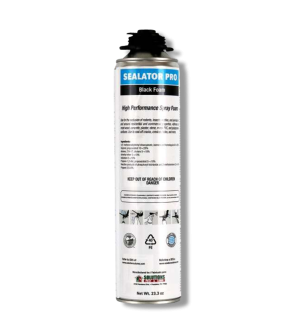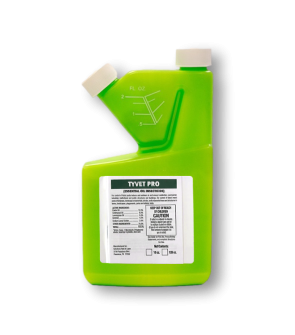Gain access to personalized product screening, the best pricing, rewards, and more!
Most Effective Products
General California Pest Control
This page is a general DIY guide that will help you control common pests within your property through our recommended products and tips. When following the directions on the product labels, local and state laws are still present and must be followed. It is recommended that property owners look at the California state website to see the proper rules and regulations associated with the control of certain pests.
General pest control is essential in California to protect homes, businesses, agriculture, and public health from harmful insects. The state’s warm climate and diverse ecosystems create ideal conditions for various pests to thrive, leading to property damage, health risks, and economic losses.
Uncontrolled pest infestations lead to higher costs for homeowners, businesses, and farmers while disrupting the natural ecosystem. Regular inspections, early detection, and proper pest management help protect California’s homes, health, and economy from destructive insect pests.
This page is dedicated to helping California residents face a general pest infestation in and around their property. For more specific details about your pest, browse our pest library.
Identification
If you've seen an increase in pest activity, it does help to know what pest exactly you are treating for a more effective and focused application. When you're trying to identify a pest, there are some things you must consider that will help you get an idea of what you're dealing with.
- Is the Insect flying or crawling (or both)?
- What are the physical features of the pests size, shape, color, and unique features?
- Do you see them outdoors or indoors? And at what do you see them?
Need help identifying a specific pest? Then check out our pest control page or contact our store by phone or email where our team can aid in identification. Be prepared to send a digital photo of the pest and damages they have caused.
Inspection

Start by examining cracks, gaps, and vents where pests can enter. Look for droppings, shed skins, odors, wallpaper damage, and other wood and wall damages, and the insect itself, including the deceased ones.
What To Do For Pests in California
California strongly promotes Integrated Pest Management (IPM) due to its strict pesticide regulations and environmental concerns. IPM focuses on long-term prevention and control by using a combination of strategies with minimal pesticide use.
The four key principles in IPM are prevention, monitoring, control, and evaluation.
The best product depends on the location and pest, but we generally recommend using a green pesticide such as TYVET Pro Essential Oil Insecticide.
Prevention

To seal cracks and crevices, we recommend using caulk or Solutions Sealator Pro Black Foam.
The Solutions Sealator Pro Black Foam creates airtight seals to help keep rodents, insects, reptiles, and animals from entering a structure.
Clean the cracks, crevices, and treatment area of any loose dust, dirt, debris, and grease. Connect the Solutions Sealator Pro Black Foam to the spray gun by rotating it. Continue turning it until it is secure with the spray gun.
While the spray gun and foam can are connected, shake it up and down, roughly about 20 times.
Apply the foam in a continuous spray to surface while holding the spray gun's trigger. Clean the spray guns tip when you are done.
Sanitation is another key factor, as pests thrive in environments with food, water, and shelter. Regularly removing trash, cleaning up spills, and storing food in sealed containers can significantly reduce infestations.
Habitat modification also plays a crucial role; eliminating standing water prevents mosquito breeding, while trimming vegetation away from structures reduces harborage for insects.
In outdoor areas, maintain proper drainage and store firewood away from buildings helps deter pests like termites and ants.
Monitoring

Glue boards such as the Solutions Pro Glue Boards are effective for cockroaches, spiders, rodents, and other crawling pests.
We recommend placing these glue boards along baseboards, behind appliances, and in dark corners where pest activity is most likely to be seen.
Sticky traps with pheromones help monitor stored product pests like Indian meal moths.
Light traps are useful for flying insects such as flies and mosquitoes.
For termites, mud tubes and wood damage inspections are essential.
Regular monitoring helps detect infestations early, aligning with California’s IPM approach to reduce pesticide use and prevent pest problems.
Control

The risk of using biological control is that you trade off your current insect infestation with a new one - the leftover predatory bugs.
For this reason, we recommend using a green pesticide such as the TYVET PRO Essential Oil Insecticide.
The TYVET PRO Essential Oil Insecticide is an eco-friendly water-based solution that controls a broad spectrum of pests in and around commercial, residential, industrial, institutional, and public structures and buildings.
Determine how much TYVET PRO to use by measuring the square footage of the treatment area. Find the square footage by measuring the treatment area's length and width in feet, then multiply them together.
For most general indoor and outdoor pest infestations, you will want to use 1.5 fl. oz. of TYVET PRO per 1 gallon of water per 1,000 sq. ft.
Mix the solution with water in a handheld pump or backpack sprayer. To mix, fill the tank with half the amount of water, add the proper amount of product, then pour in the remaining half of the water. Close the tank solution and shake until well-mixed.
Spray the treatment area until thoroughly coated, but not to the point of runoff.
By implementing these strategies, homes and businesses can effectively manage pests while promoting ecological balance and long-term sustainability.
Evaluation

If control measures fail, adjustments such as changing baits, improving sanitation, or modifying exclusion techniques are necessary.
Recordkeeping of pest sightings, treatment methods, and results helps refine future strategies.
Compliance with California’s strict pesticide regulations ensures minimal environmental impact. Continuous assessment allows for adaptive, long-term pest management while reducing reliance on chemical treatments.
In short, be sure to note what works, what doesn't work, and what strategies and products were used.
Key Takeaways
How to Get Rid of Pests in California
- Pest control in California follows Integrated Pest Management (IPM), combining prevention, monitoring, and targeted treatments. Eco-friendly pesticides (e.g., boric acid, diatomaceous earth, and botanical insecticides) are commonly used due to California’s strict regulations.
What Pests Are Common in California Homes
Who To Contact About Pest Control Restrictions in California
- For pest control in California, you can contact California Department of Pesticide Regulation (DPR).






